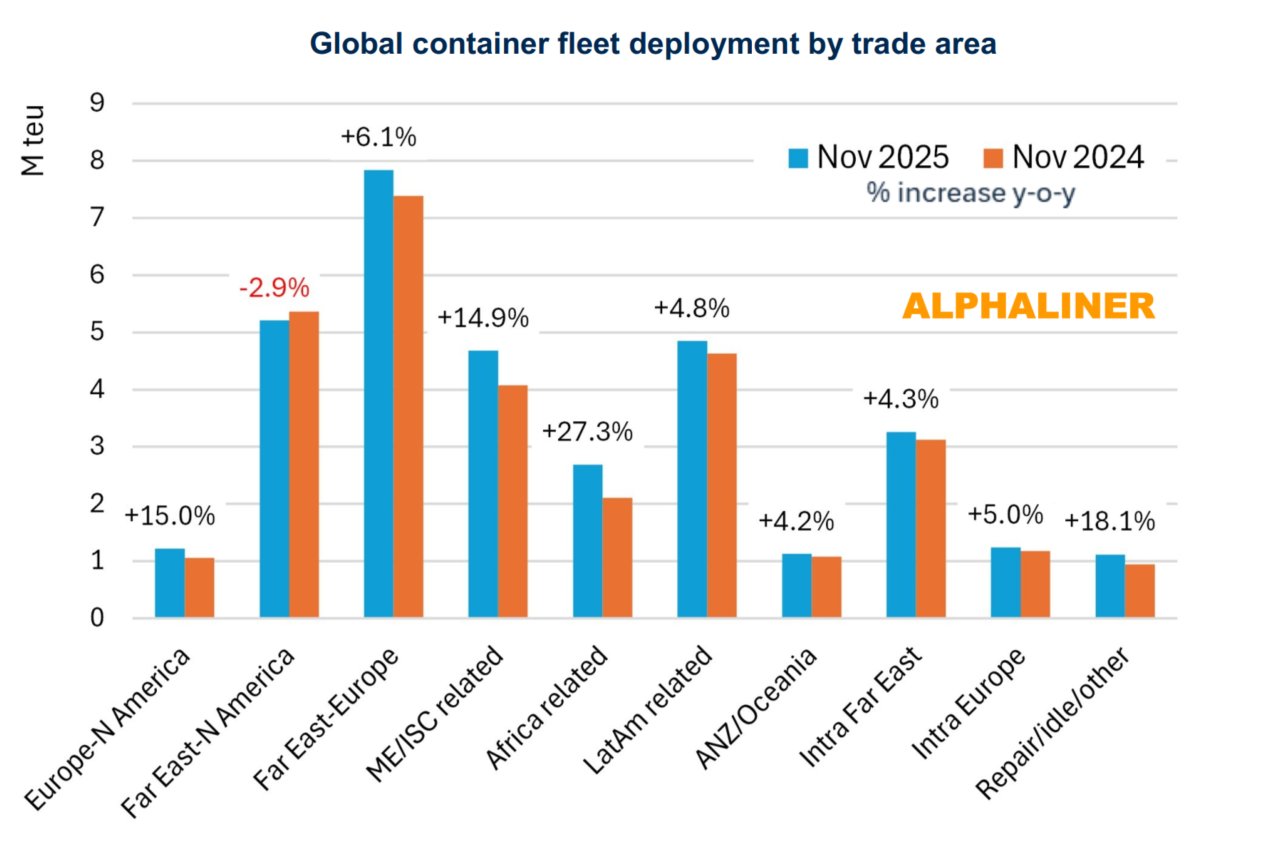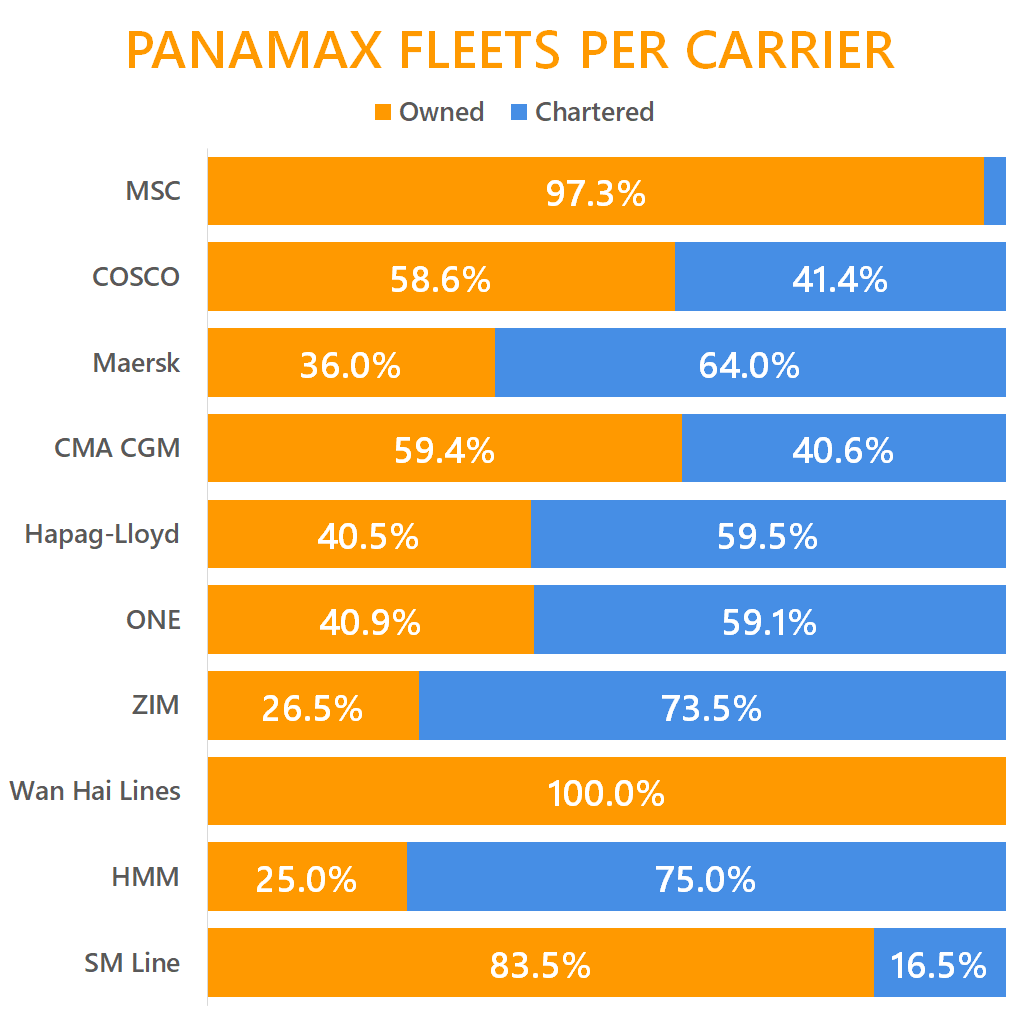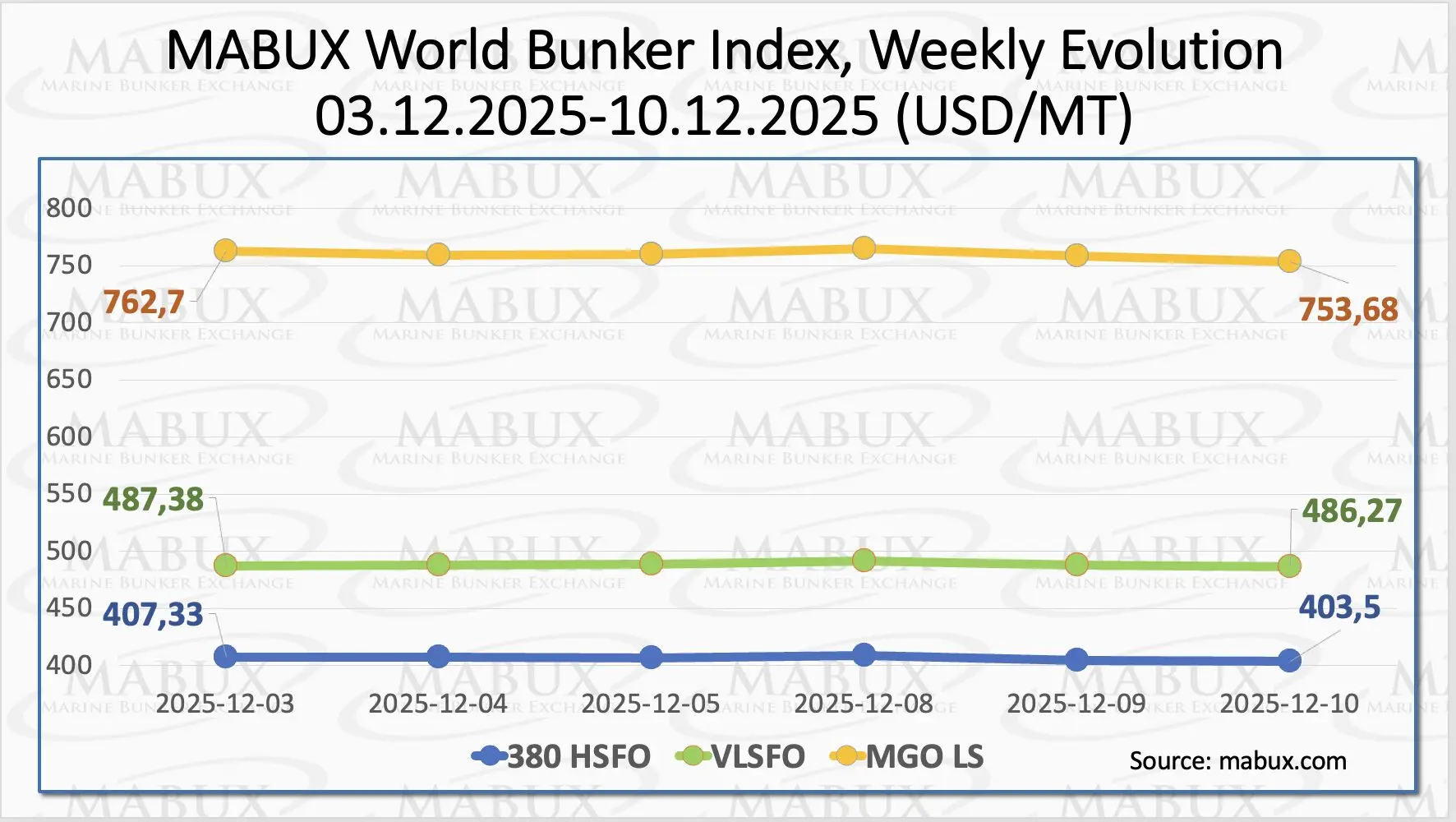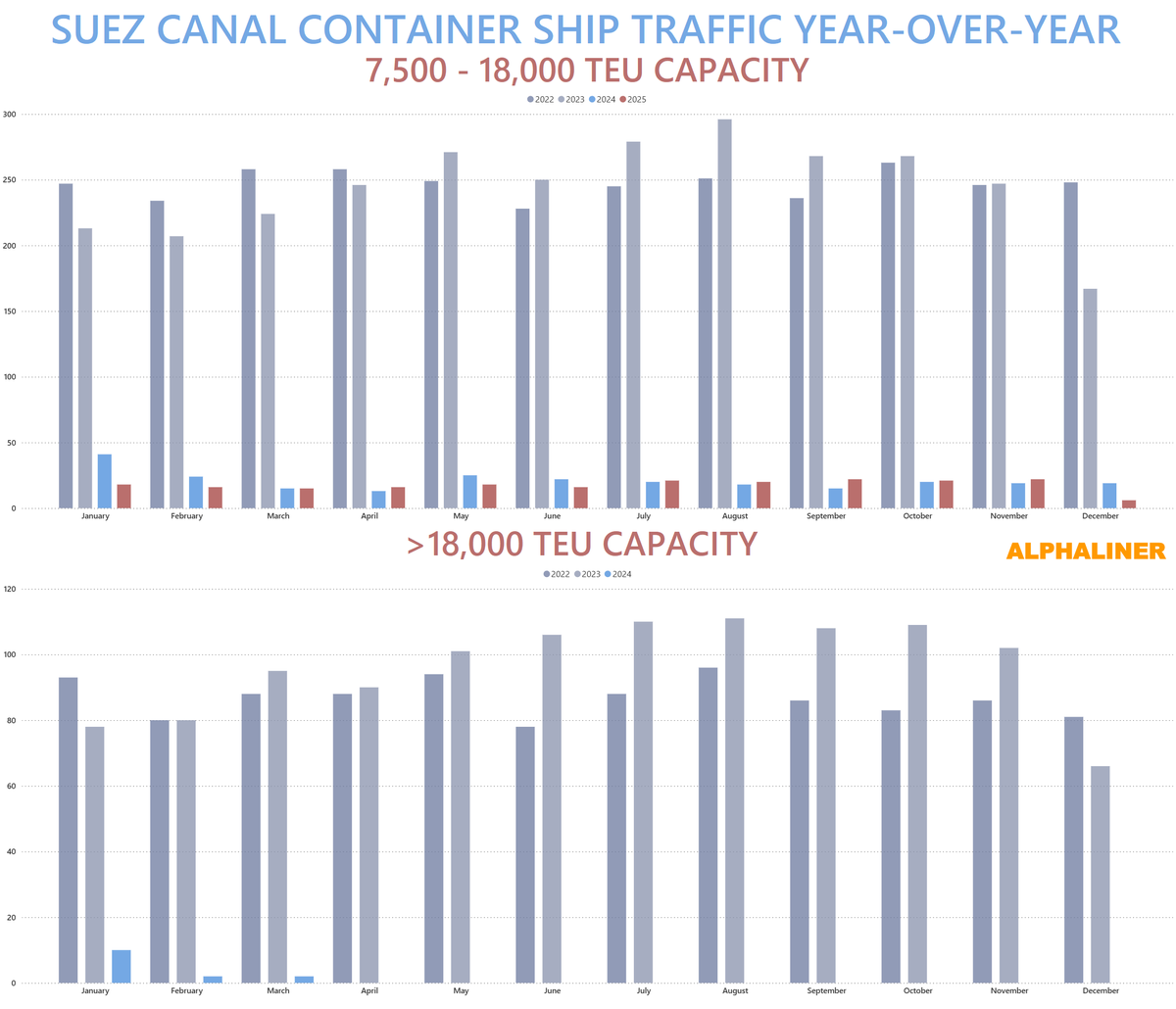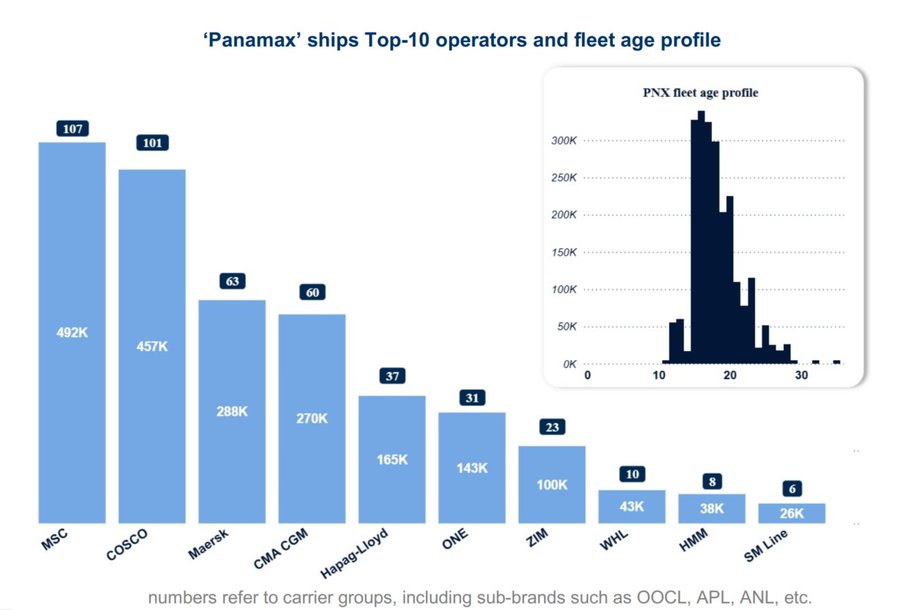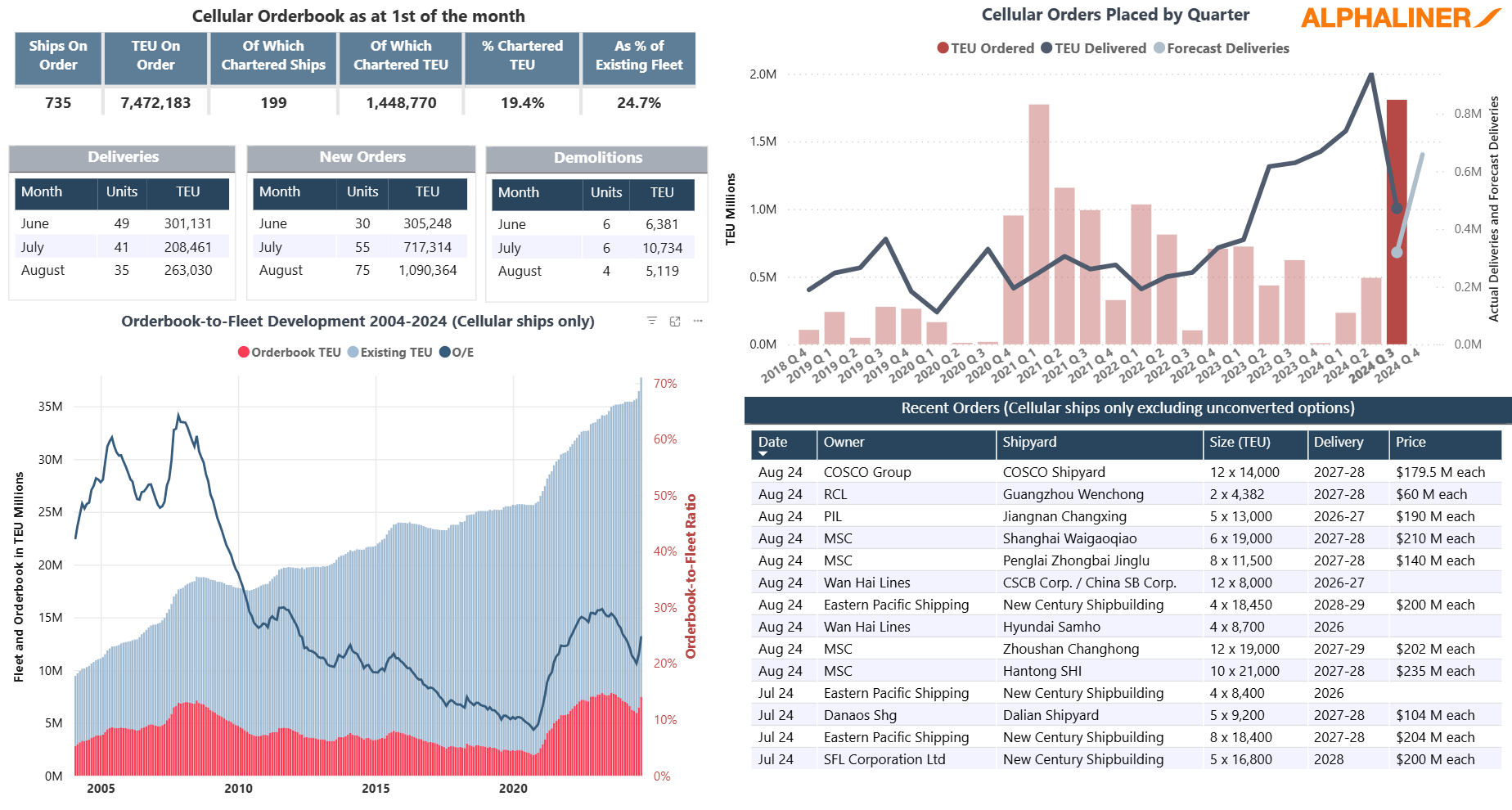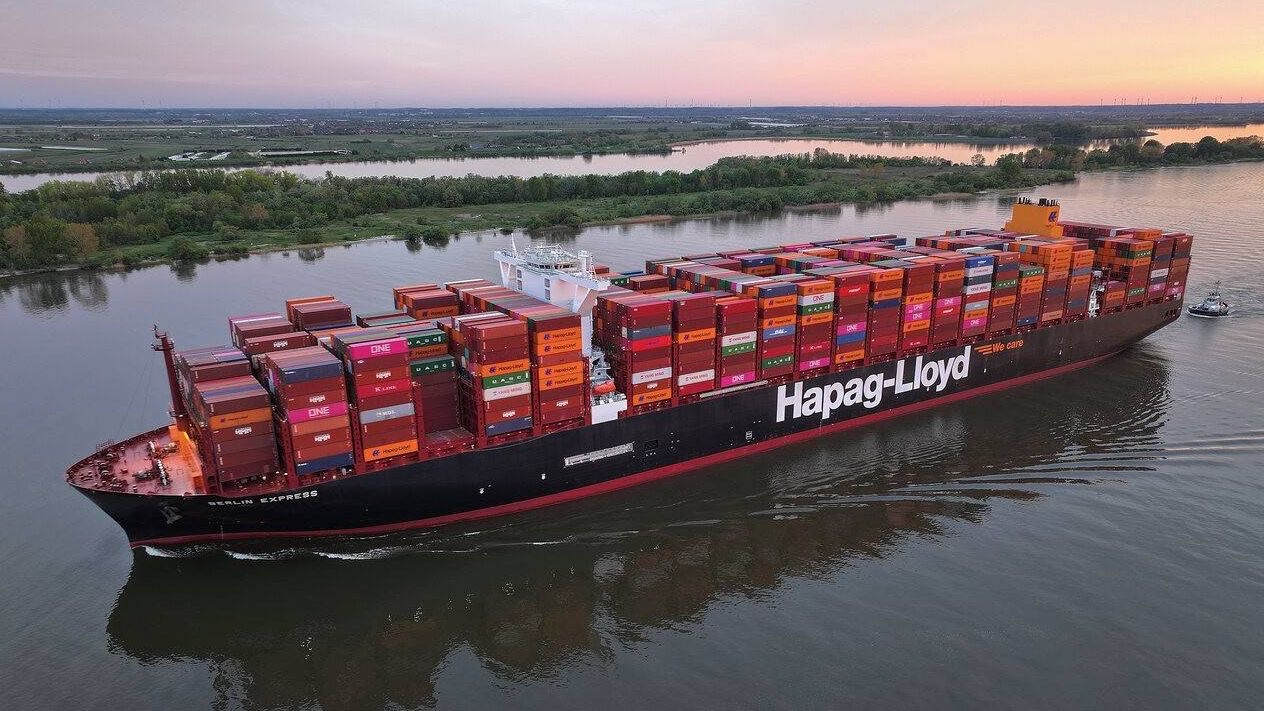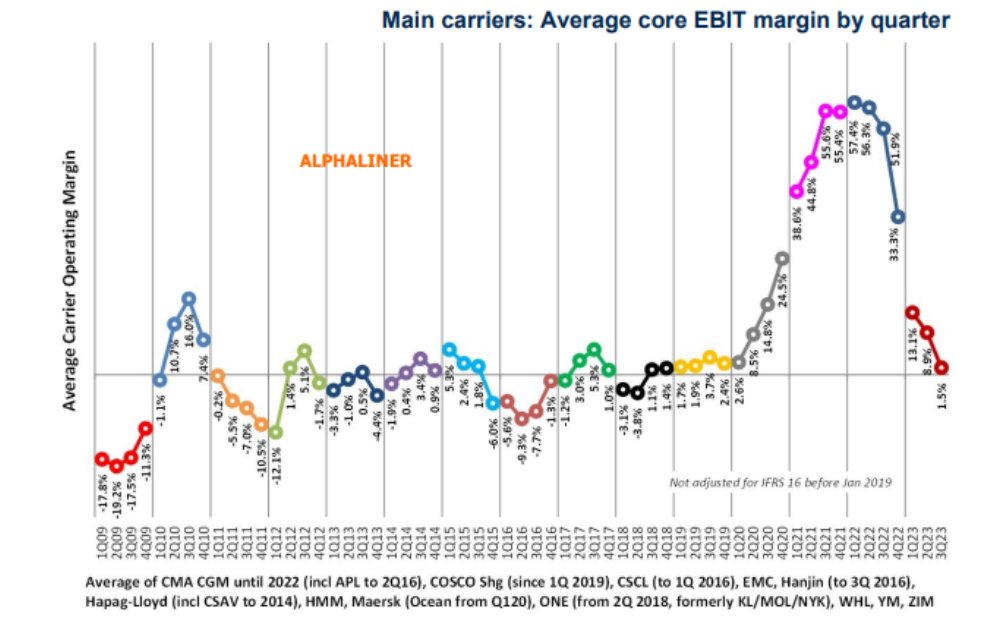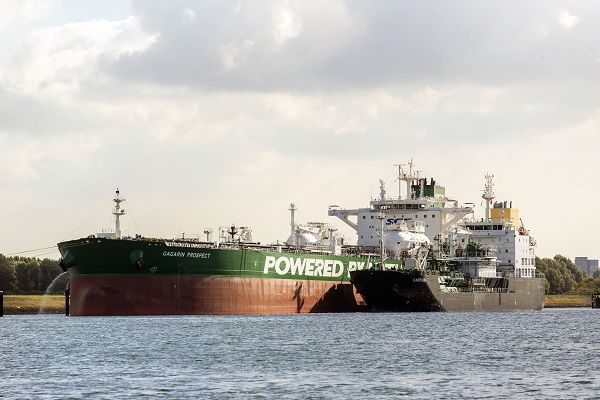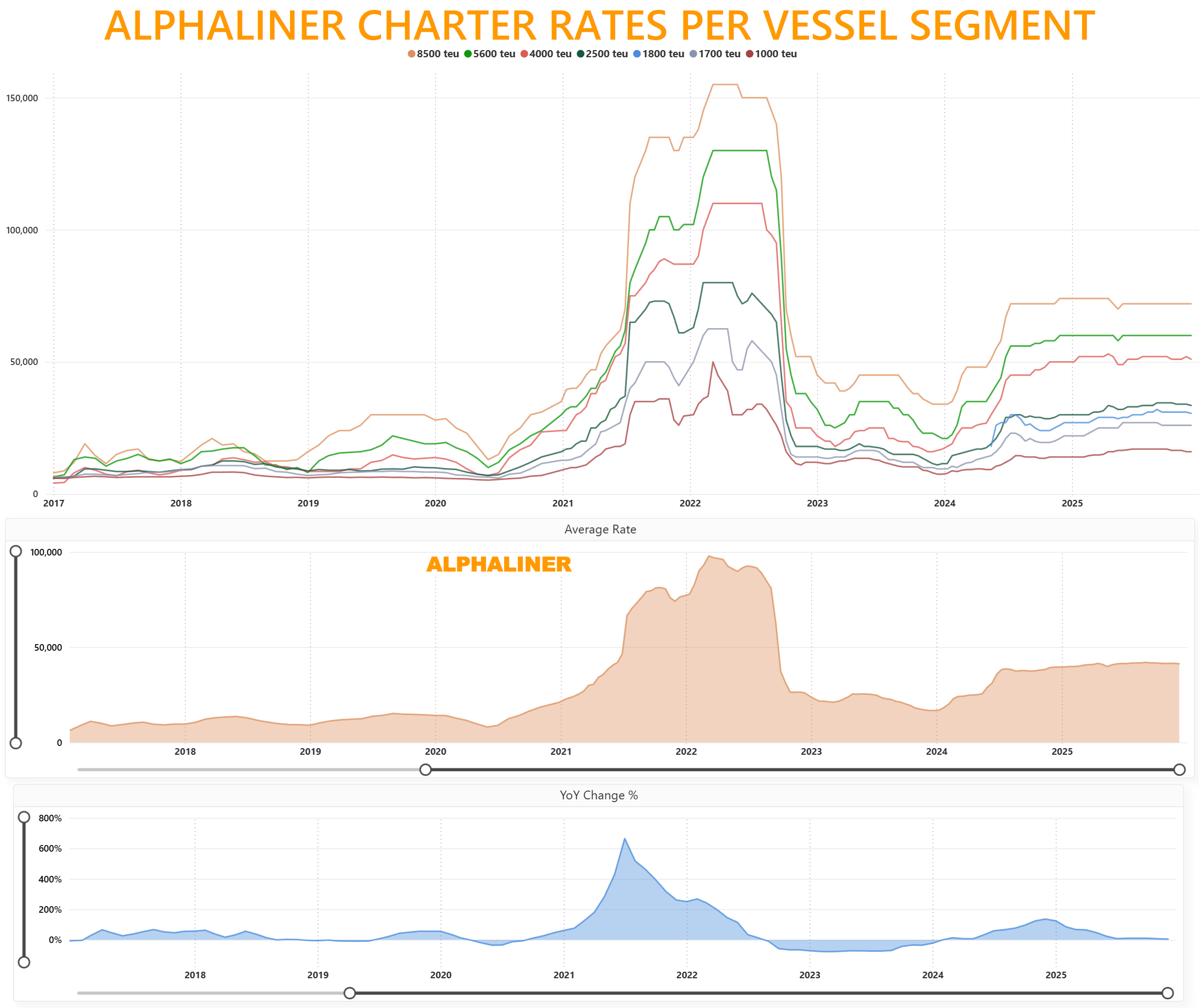
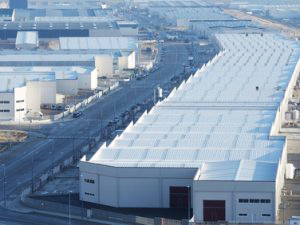
By Subhasis Ghosh, Apex Consultants
During our discussions at a trade facilitation and investment meeting organised by an industry chamber recently, we had good conversations on the subject with a few colleagues. Based on my experience, analysis and interactions with the leadership of several special economic, free zones and industrial parks over the years, am sharing my perspective for further conversation:
What are SEZs, EPZs, Free Zones?
Wikipedia defines these as an area, where the business and trade laws are different from the rest of the country. While countries define special economic zones formally in their legislations, these zones essentially have geographically separated-fenced area and customs, tax and other benefits for units located in the area, single management or administration, streamlined procedures etc.
Who sets these up and why?
Special Economic Zones or Export Processing Zones and other such areas are set up by governments to increase trade, investments and create jobs etc. Then developers, co-developers, unit holders and other stakeholders contribute to their success.
Whereas ports are gateways to/ from the hinterland and, focus on enabling cargo and passengers to move in and out as efficiently as possible, these zones are focussed on cargo generation and aggregation-disaggregation. Hence, the approach towards their development is similar and yet complimentary.
Various models
While there are several models including Free Trade & Warehousing Zones (FTWZs), Export Processing Zones ( EPZs), Free Port & Special Economic Zone ( SEZ) and Coastal Economic Zones ( CEZs), for better understanding one could group these together as
– The traditional model, focussing on manufacturing and storage largely for export eg FTWZs, EPZ etc
– The relatively recent and larger zones, that include manufacturing, logistics , commercial and residential activities eg SEZs, CEZs etc
The above groups are nonexclusive and FTWZs could be and, often are part of SEZs.
Industrial parks focus on manufacturing, may have incentives for investors and may or, may not be part of SEZs, which focus on exports and imports.
Some learnings from China- Continued growth, moving inland…
From my visits to several Industrial Parks and SEZs including Shuzou Industrial Park-set up in partnership with the government of Singapore, Lingang Industrial Park near Shanghai, Yangshan and Shanghai ports and Shenzhen SEZ , including one of its 6 FTWZs-Futian Free Trade Zone, the take away(s) include active government support; experimenting different models; ensuring competition between zones and gradually upgrading technology and providing autonomy etc.
With China’s investment led growth policies, including in SEZs, China itself significantly benefitted from the success of special economic zones and industrial clusters in terms of increase in FDI, exports, job creation and their contribution to the GDP.
With China’s manufacturing moving inland, expect new zones to continue to develop, as the existing ones transition to more technology assisted manufacturing of high-tech products and, the consumption story picks up.
The India story-Best is yet to come…
While SEZs have been an important element of India’s commercial policy, failed implementation of the same is often cited as a county case study. The learning(s) include, relationship with the domestic trading area ( DTAs) for job work and sales, imposition of minimum alternate tax ( MAT) and Income Tax, leading to lack of investor confidence, the state governments not supporting this scheme, which is perceived as a central ( federal) government initiative and non-availability of ECB and refinancing options etc.
While the government of the day had perhaps imposed (backtracked) some of the incentives, to avoid distortions in the local economy and the possibility of money laundering through under-invoicing of imports in these zones, the result is that huge parcels of land- estimated at over 25,000 hectares and capacity created are lying unutilised ..and has perhaps contributed to non-performing assets (NPAs).
On the other hand, there are examples of successful EPZs and FTWZs in India, where there are multiple models including National Investment & Manufacturing Zones (NMIZ), Textile, Food Parks besides, SEZs, FTWZs, SEPZs etc.
With India’s consumption story remaining intact, with the thrust of the present government towards manufacturing -Make in India, Ease of Doing Business and, the ability to manage change based on feedback, expect a revival in the SEZ story.
Middle East – Similar objectives, different strategies…
Middle Eastern Countries like UAE, have leveraged SEZs to drive their core economic policies. Dubai for example has over 20 Free Zones, with over 15000 companies and 200,000 jobs have been created. The success of Jafza has been spectacular and the model of the first free zone at Jebel Ali with a port plus, SEZ plus, airport has been replicated by other countries, even outside the zone.
One of the learnings from Dubai is the government’s strategy of seeking ecosystems that need facilitation to come together by clustering. We have the Dubai Media City, Dubai Finance Centre , Dubai Design District, Dubai Internet City etc which create their own growth momentum and free zones promote clusters.
Abu Dhabi has established its financial and media zones and is promoting the strategically located Abu Dhabi and Al Ain Industrial Cities, under Zones Corp. While Saudi Arabia’s Kind Abdullah Economic City continues to grow, it has recently publicised plans for the mega city NEOM as a part of the vision 2030. Other GCC countries including Oman, Qatar and Bahrain continue to pursue their economic zone initiatives aggressively.
While SEZs in the middle east region continue to support diversification of the economy and promotion of non-oil revenues, strategic planning and implementation of these projects would differ based on the overall job creation objectives .
Most businesses (unit holders) in SEZs seek to leverage cheap foreign labour, which could result in slower job creation for the host country. An alternate approach is to focus on attracting talent and visitors, some of whom set up competitive businesses, which then create jobs…
So what could make these successful?
Am outlining a few key areas to facilitate conversations
Implementation approaches
We advise potential clients of Apex Group for full cycle business implementation, on the need to simultaneously and continuously work on the five areas below
Validate and update strategy- stakeholder alignment, demand assessment, planning and cluster definition
Customer acquisition and brand building including, marketing, sales and service
Attracting the right talent as future competitiveness is about talent, training and engagement
Operating efficiently-integrating USPs, building SOPs, leveraging technology
Preparing for future with reviews, reporting and M&A, feeding into the strategy
What is changing?
With the 4th industrial revolution changing us…, more businesses would perhaps like to operate in such zones with liberalised regulations, incentives , quality infrastructure including ICT, leveraging the local comparative advantages.
I see a bright future for economic zones and industrial parks as this is where infrastructure development, consumption and trade are coming together and, new cities-perhaps smart cities are emerging and these would contribute to lift economies of countries
What do you think are the other success factors for the success of Free Zones ?

